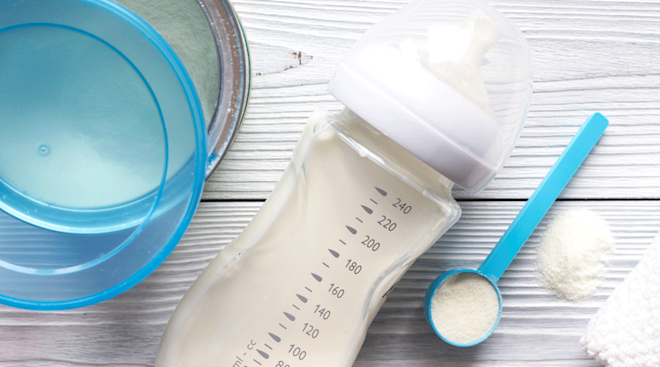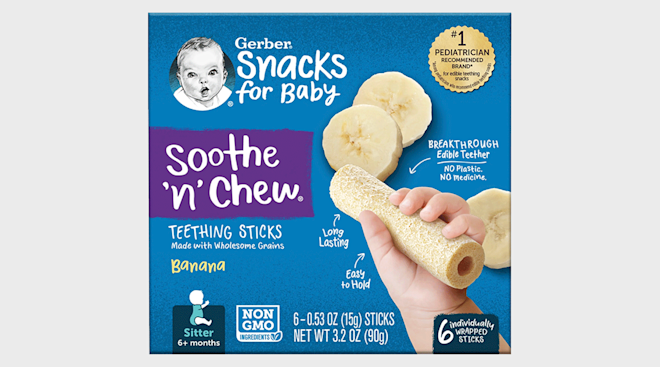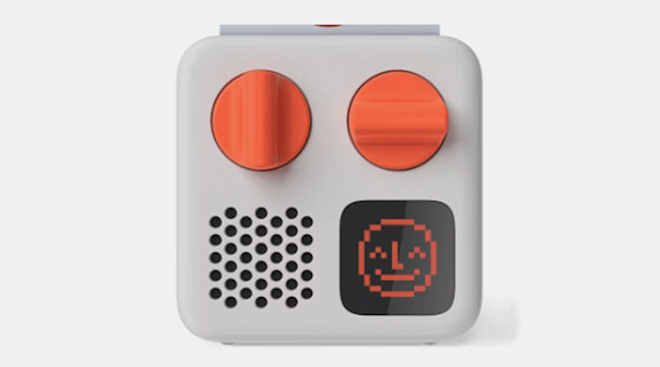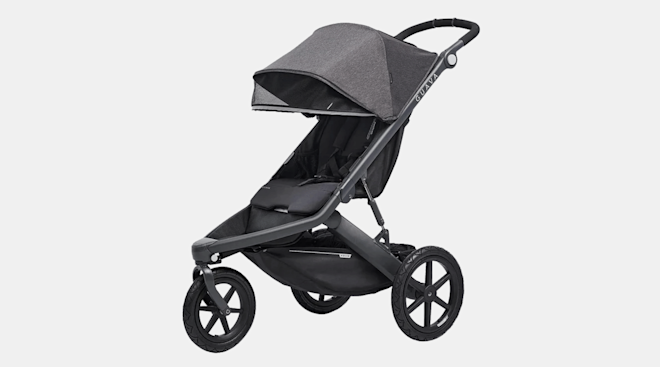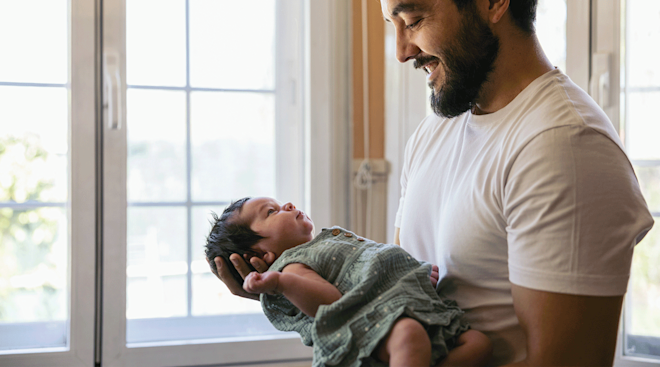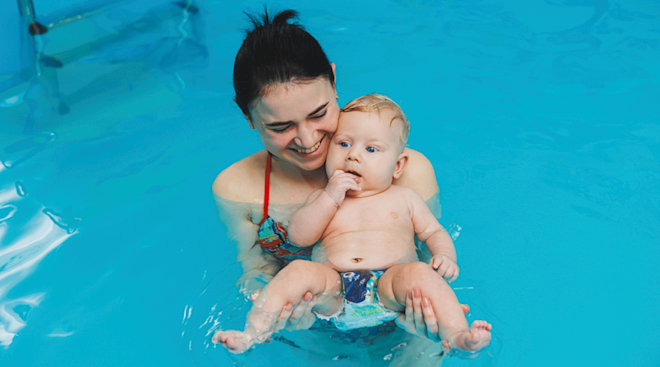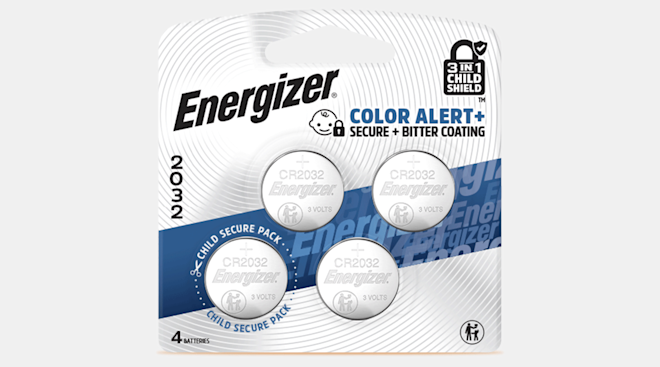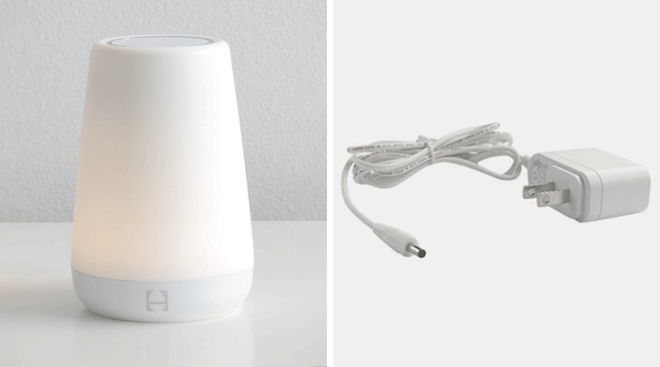Brace Yourself: These Are the 10 Germiest Kids' Items
Like the vast majority of parents, germs are probably your Public Enemy no. 1. You’ve read all the tips for keeping baby healthy—being cautious about where to take baby, nagging your toddler (and others) about handwashing, vaccinating your little one—and you’ve scoped out the whole house for potential germ breeding grounds. But where should you really focus your efforts? The staff at A Secure Life did some swab tests and discovered the top 10 germiest spots in the average household. Here they are, from least to most germy.
10. Car Keys
The metal surface of car keys, often kept in the kitchen, can attract harmful strains of bacteria that can make you or baby sick.
9. Tablet or Cellphone
Before you let little hands grab at your device, first think about where it’s been. Swabs found that cell phones tend to have a type of bacteria that can cause infections in unprotected wounds.
8. Bedroom Doorknob
You’ve probably been trained to know that door handles are a place to disinfect; here’s more proof.
7. Board Book
These might seem harmless, but it turns out that potentially ear infection-causing bacteria grew on the books that researchers swabbed.
6. Plastic Toys
Researchers found that the top and front of plastic toys tend to be the germiest part of the item.
5. TV Remote
Give it a wipe-down with a disinfecting wipe before letting your little one try to change the channel.
4. Diaper Bag
According to swab tests, diaper bags grew coccobacilli, a bacteria that can cause whooping cough.
3. Plush Toys
That lovable stuffed animal that your little one can’t part from has a lot more germs than you might realize. You should probably throw it in the washer when baby’s not looking.
2. Pacifier and Sippy Cup
Researchers recommend that you put pacifiers in the dishwasher more often than not.
1. Stroller
Researchers think there are so many germs on strollers because of how they’re often stored in garages, which often have dust and exhaust fumes and have variable temperatures and humidity levels. “This creates the ideal breeding ground for large amounts of bacteria, yeast, and mold,” they say.
Other interesting findings included the fact that babies from age 0 to 1 are the least germy among other age groups like toddlers and preschoolers. And contrary to popular belief, households with pets aren’t really any germier than those without.
With cold, flu and COVID-19 season upon us, many parents are doubling down on efforts to battle germs. But don’t let this report send you into a panic about sterilizing the entire house. While the article’s authors recommend that you sanitize your high chairs, toys and pacifiers, as well as disinfect diaper tables, door handles, toilets and bathroom surfaces, they also point out that some germs are actually good for our bodies.
A book called Dirt is Good: The Advantage of Germs for Your Child’s Developing Immune System tackles this issue and explains how, generally speaking, exposure to germs can actually boost little ones’ immune systems. Co-author Jack Gilbert told NPR that parents often over-sterilize their children’s environments, using antiseptic wipes and sterilizing their pacifiers too much. This has been linked to development of asthma, eczema and food allergies later in childhood.
Viral illnesses aside, “just generally, allow your kid to experience the world,” he said. “As long as they’re properly vaccinated, there’s no threat, and they will actually get a stronger, more beneficial exposure.” And when in doubt about how often to clean baby’s things or how to best keep them healthy, remember, it’s best to reach out to your pediatrician for their tailored advice.
Please note: The Bump and the materials and information it contains are not intended to, and do not constitute, medical or other health advice or diagnosis and should not be used as such. You should always consult with a qualified physician or health professional about your specific circumstances.
Navigate forward to interact with the calendar and select a date. Press the question mark key to get the keyboard shortcuts for changing dates.



































